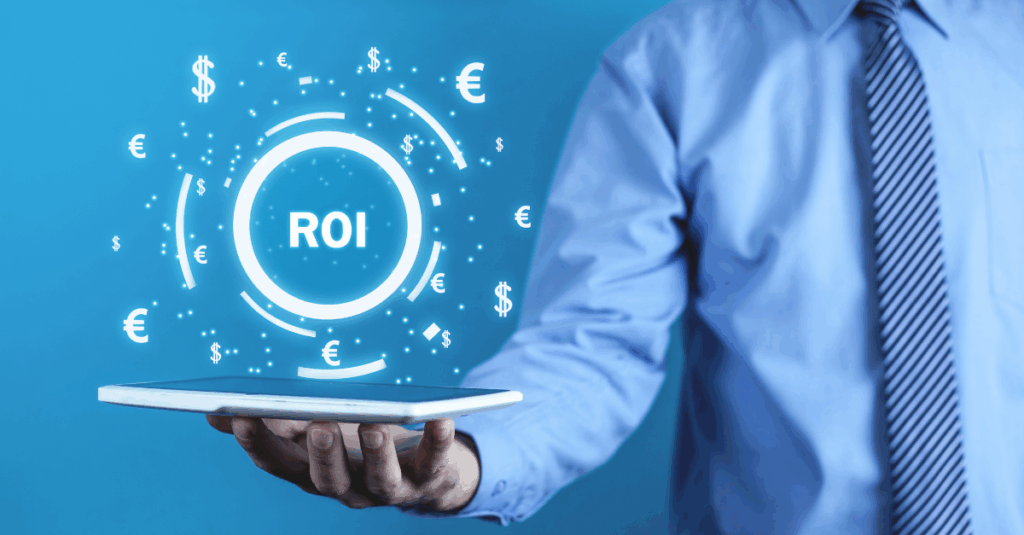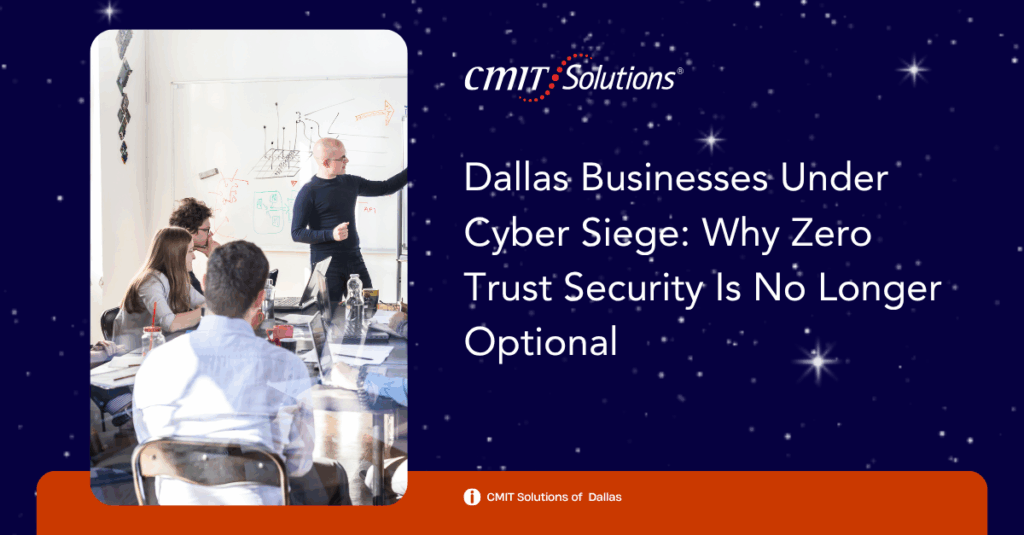Data is the new oil but processing, storing, and securing that data takes immense energy. As digital operations grow, data centers have become one of the largest corporate power consumers worldwide. For tech-driven businesses, this raises a key question: how do we balance innovation and sustainability?
Enter the green data center, a powerful fusion of energy efficiency, renewable technology, and intelligent IT design. These centers don’t just cut carbon emissions; they’re becoming a strategic advantage for forward-thinking companies that want to save costs, attract clients, and future-proof their operations.
What Is a Green Data Center?
A green data center is a facility designed to minimize environmental impact while optimizing energy efficiency and performance. Unlike traditional data centers, which rely heavily on fossil-based electricity and inefficient cooling, green centers integrate:
- Renewable energy sources such as solar, wind, and hydro power.
- Advanced cooling systems like liquid immersion or outside-air economizers.
- AI-driven load balancing to optimize server workloads.
- Virtualization and hybrid cloud strategies to reduce hardware needs.
This eco-focused approach aligns with the “cloud-smart” movement, where companies balance performance and sustainability an approach explored in hybrid cloud solutions.
Why Green Data Centers Matter in 2025
By 2025, data centers will consume nearly 3% of global electricity. As cloud workloads and AI models expand, energy efficiency becomes not only an environmental concern but also a business necessity.
Key reasons companies are transitioning to green centers:
- Lower operational costs: Energy-efficient designs cut power bills dramatically.
- Regulatory compliance: Governments are introducing carbon-reporting mandates.
- Brand reputation: Consumers and investors prefer sustainable operations.
- Business resilience: Efficient centers reduce downtime and hardware strain.
Forward-thinking SMBs that embrace eco-innovation are seeing similar benefits to those adopting AI productivity tools, detailed in AI-powered productivity.
How Green Data Centers Drive Business Performance
Sustainability isn’t just a buzzword it’s a performance multiplier.
- Reduced Costs: Smarter cooling and energy recycling lower total ownership costs.
- Enhanced Reliability: Modern equipment runs cooler and lasts longer.
- Faster Scalability: Virtualized infrastructure allows seamless workload expansion.
- Improved Cybersecurity: Newer systems support advanced protections like Zero Trust frameworks, as outlined in Zero Trust security.
When technology works smarter, not harder, sustainability becomes a core business advantage.
The Role of Cloud Computing in Sustainable IT
Green initiatives and cloud transformation go hand in hand. Migrating workloads to optimized, cloud-based data centers enables businesses to scale efficiently without building new, power-hungry infrastructure.
Benefits of Cloud-Driven Sustainability
- Consolidates underused servers into virtual machines.
- Leverages provider-managed renewable power grids.
- Enables predictive analytics for energy optimization.
- Improves remote accessibility, cutting travel-related emissions.
For SMBs, this evolution reflects a broader digital strategy for growth, much like that discussed in digital strategy planning.
The Data Security Challenge: Going Green Without Compromise
A sustainable data center must also be a secure one. As energy systems modernize, cyber threats are evolving too.
To balance security with sustainability, organizations must:
- Implement multi-layered cybersecurity protections.
- Use AI monitoring to identify anomalies in real time.
- Integrate renewable systems with protected IoT networks.
- Build redundancy into power and backup systems.
Discover why layered defenses are non-negotiable in multi-layered cybersecurity.
Why SMBs Need Managed IT Services for Sustainable Growth
Building or migrating to a green data center involves complex IT decisions—energy audits, cloud architecture, compliance, and long-term maintenance.
Managed IT Services help SMBs overcome these challenges by providing:
- 24/7 infrastructure monitoring.
- Scalable cloud and backup solutions.
- Compliance automation and auditing.
- Strategic sustainability roadmaps.
Proactive partnerships ensure smooth operations and resilience, much like the principles shared in proactive IT support.
Compliance and Governance in Sustainable IT
Ethical and regulatory standards for data operations are tightening. Organizations now need to demonstrate environmental responsibility alongside digital compliance.
A compliant green data center will:
- Track and report energy use transparently.
- Align with ESG (Environmental, Social, Governance) frameworks.
- Maintain documentation for sustainability audits.
- Implement automated compliance checks.
Simplify these complex requirements through the automation best practices explained in IT compliance automation.
Network Intelligence: The Backbone of Green Efficiency
Optimizing network performance is central to sustainable IT. Modern intelligent network management tools track power consumption, latency, and hardware utilization identifying inefficiencies in real time.
Benefits include:
- Dynamic load balancing across energy-efficient routes.
- AI-powered fault detection to reduce downtime.
- Sustainable scalability through network virtualization.
These principles align closely with insights shared in network management solutions.
Backup and Continuity in Green Data Centers
Sustainability isn’t just about saving energy it’s also about preserving data resilience. A truly green system ensures uptime without excess consumption.
Key Practices:
- Deploy energy-efficient storage arrays.
- Implement ransomware-proof backup solutions.
- Use tiered storage for minimal energy waste.
- Monitor backup power sources for carbon efficiency.
See how Dallas companies are securing sustainability through ransomware backup.
The AI Connection: Smarter, Greener Operations
Artificial Intelligence plays a major role in powering green data centers.
AI optimizes:
- Cooling systems by predicting temperature patterns.
- Energy consumption by allocating workloads intelligently.
- Maintenance schedules to prevent downtime.
Modern enterprises using AI for operational excellence mirror the innovations explored in Microsoft’s AI future.
By pairing sustainability with automation, SMBs achieve efficiency that’s both ethical and profitable.
The Financial ROI of Going Green
Transitioning to green infrastructure might seem costly, but the long-term returns are undeniable:
- Reduced operational costs: Energy savings compound over years.
- Tax and regulatory incentives: Many governments reward eco-initiatives.
- Higher uptime reliability: Efficient systems reduce failures and maintenance.
- Enhanced brand equity: Eco-responsible brands attract loyal customers and investors.
SMBs that combine sustainability with strategic investments experience the growth patterns noted in ROI of managed IT.
The Road Ahead: From Green to Intelligent Infrastructure
Tomorrow’s green data centers won’t just save power they’ll think. The next phase of evolution includes:
- AI-powered energy grids that self-optimize.
- Predictive maintenance eliminating human error.
- Integration with smart city ecosystems.
- Quantum-ready infrastructure for future computing loads.
To stay ahead, organizations must adopt digital transformation strategies that integrate sustainability at every level much like those outlined in digital transformation insights.
Conclusion: Sustainability Is the New Strategy
The future belongs to businesses that understand sustainability as a competitive advantage, not a compliance checkbox.
Green data centers embody this shift driving cost savings, operational excellence, and environmental responsibility simultaneously.
To summarize:
- Green infrastructure cuts waste and boosts performance.
- Cloud-smart and AI-driven strategies multiply efficiency.
- Managed IT ensures compliance and long-term value.
- Backup, security, and governance complete the sustainability loop.
With guidance from CMIT Solutions of Dallas, SMBs can transition toward a future where technology innovation supports both profit and the planet.
As the world moves toward net-zero goals, it’s clear: going green isn’t optional it’s strategic.








